It’s amazing to think that it’s been over 15 years since we first began using 5toFold as a collaborative decision-making method in our Genuine Contact community. And how quickly it became our chosen decision-making method for all major decisions that affect the GC program and the development of our organization.
>> Read more about the origins of 5toFold as a GC Tool
Where it all began
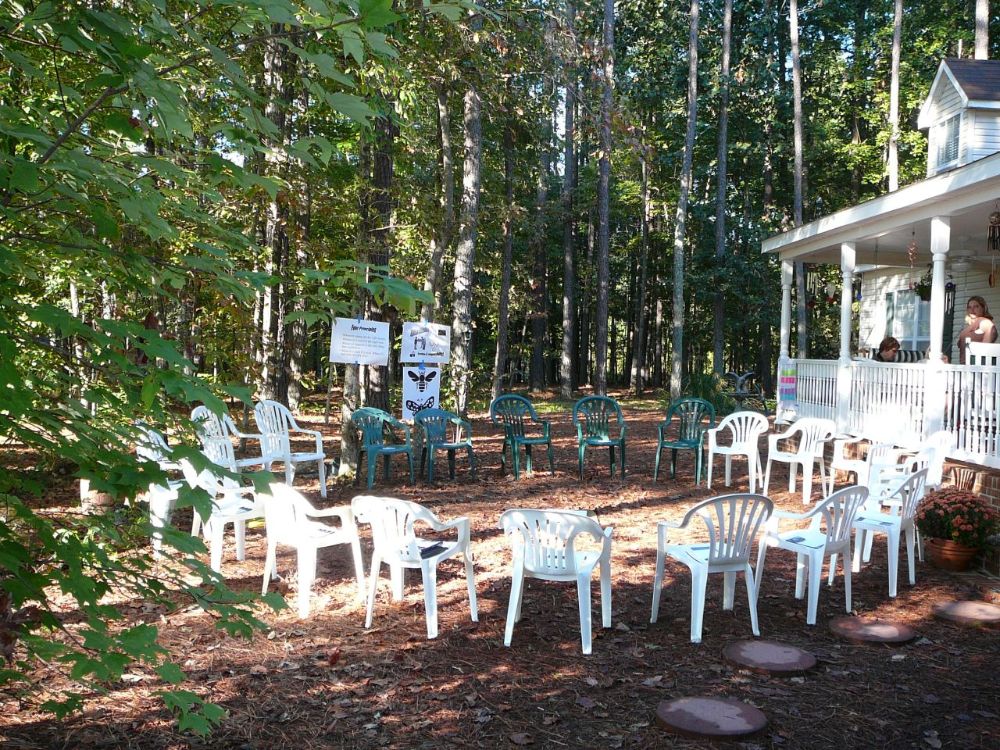
Since the first Train the Trainer in 2001, members of our Genuine Contact Community have been in ongoing learning together in working the Genuine Contact Way. Thinking back to the technology available to us back then, it’s a miracle that the early growth of this community survived. A listserv for email communications, text-based online meetings, and an annual in-person conference were the structural backbone of how the GC Community grew in the early days.
That first group who became Trainers in 2001 had a desire to be together in community. Thomas Herrmann and Koos de Heer started that first listserv. Also in 2001, Birgitt Williams and Ward Williams (who developed the Genuine Contact program) invited all Trainers to be co-creators of Genuine Contact into the future.
By the summer of 2006, the work of leading and managing the Genuine Contact program and the community had grown into full-time activities. And, with nearly 5 years of working together as co-creators, it was also becoming clear that some Trainers were passionate about working together to continue developing the Genuine Contact way of working while others were satisfied with using their newly developed skills in their everyday work without being a part of the ongoing development. A working group was formed to start thinking about how that full-time work could be cared for and how we could create a container for those with passion and interest to keep working together in developing the Genuine Contact way of working.
Skill, exploration, learning, and divine timing
The annual Trainers’ Mentoring Circle happened in September 2006. These yearly gatherings were an opportunity for Trainers to get together to discuss important issues related to offering GC program modules and to the ongoing development of Genuine Contact. Posted to the agenda for this year was the proposals that had been developed over the summer.
We didn’t yet have an agreed-upon decision-making process. So it was with divine timing that Chris Weaver’s pickup truck came bouncing down the laneway one evening. Although he hadn’t registered for the Mentoring Circle, there is always a seat in the circle for last-minute guests and he was made most welcome. Having heard what we were up to, he proposed using a collaborative decision-making method he’d been working with called 5toFold.
One of the things that make our GC community a whole lot of fun is the willingness to play, explore, and learn new methods that are congruent with the Genuine Contact way of working. So we quickly agreed.
Chris had begun learning about this collaborative decision-making method in the mid-1990s in Seattle, WA, USA. He’d been developing its use inside organizations since the late 90s. And around 2004 he’d started to discuss its use and inclusion as a Genuine Contact tool with Birgitt Williams. They had agreed together that a good starting place would be to use 5toFold within the GC Community. And the timing was finally right.
Our first decisions using 5toFold
The morning dawned bright with clear skies. Our meeting space was set up outside with a circle of white plastic lawn chairs under the shade of tall Southern pines. We gathered together, eager to learn something new together and to be making decisions that felt important together.
We didn’t start small with some kind of little “practice” decision to learn the method first. Instead, we dove right in. The first decision was a proposal to develop the Co-Owners of Genuine Contact. This decision, while made with careful consideration, was made fairly easily. Chris Weaver facilitated the decision-making to model the steps of the process:
- Presentation of a proposal
- Clarifying questions
- Sharing one’s perspective on the proposal
- Finger voting
- 2s, 1s, and Folds share their concerns
After the clarifying questions and the sharing of perspectives, the person/people making the proposal have an opportunity to modify the proposal based on what they have heard in the feedback so far.
Finger voting
Finger voting is done by asking all people participating in the decision to hold up their hand with the number of fingers raised that corresponds to their support of the proposal:
- Five means you strongly support the proposal and intend to have a leadership role in its implementation.
- Four means you strongly support the proposal but do not intend to have a leadership role in its implementation.
- Three means solid support for the proposal without significant concerns.
- Two means you support the proposal, but have some concerns which you are willing to share with the community.
- One means that you have major concerns about the proposal and believe that it is out of harmony with the purpose of the group, but you do not block the proposal. You commit not to subvert the proposal and to share your concerns openly with the group.
- Fold means that you choose to block the proposal because you believe strongly that, if implemented, the proposal will conflict with the purpose of the group at this time. You commit to sharing your concerns openly with the group.
A Fold by any individual prevents a proposal from becoming a decision. It is not a failure of the process, but one of its possible outcomes. A Fold is also not an end, but rather a pause that provides an opportunity for the group to create solutions to key unresolved issues before implementing a decision. In this way, 5toFold accesses individual wisdom while honoring the unity of the whole.
Our first 5toFold decision
Ward Williams presented that first proposal. After some clarifying questions and perspectives being shared, the finger-vote was cast with 5s, 4s, and 3s only. With that, the concept of Trainers as Co-Owners of Genuine Contact was initiated.
In the record of this first 5toFold decision, Ward noted “It was an extremely powerful process that the group went through and I believe all participating were empowered by the process and it allowed them to fully realize in the decision making process that they really are the co-owners of the GCP.”
The second decision was a big learning opportunity
The second decision we made together didn’t flow quite so easily. The proposal was one to create a requirement of financial contribution to Genuine Contact to both help offset the existing costs and create a fund for its ongoing evolution. It would require Co-Owners to make an annual financial contribution and require Co-Creators (Trainers who chose not to be Co-Owners) to pay for various services they had accessed for free up to now.
I (Rachel Bolton) was the one who sponsored and presented this proposal. I was in my mid-20s and didn’t yet understand what this proposal might trigger individuals in their own relationship with money and in energy exchanges through money. In the report of that decision in the Mentoring Circle Book of Proceedings 2006, I wrote:
“In the ensuing discussions [after the proposal was presented], we were given the opportunity to see the shadow side of the Five to Fold decision-making process. Thomas had volunteered to facilitate the decision and perhaps he can share more of his experience in doing this in another discussion. The first step in this process is for a proposal to be presented. After I presented the proposal the circle was then opened to allow for clarifying questions. It was during this time that some people moved into shock and anger about the proposal. Although no one was angry at me, or at the decision to be made, there were certainly fear and anger that emerged as financial buttons were pushed and individuals’ fears around money were raised. What is supposed to happen at this stage is for each person to ask clarifying questions for themselves, and what ended up happening was that several people started firing questions at me rapidly and the tone became one of debate and of feeling the need to defend the proposal, rather than one of providing clarification of the proposal. Several times Thomas intervened to try to guide the process back to where it needed to be. Finally, Birgitt intervened and stopped the discussion (and apologized to Thomas for interfering in his facilitation ☺). We got it back on track, and the rest of the discussion went very smoothly, with evidence of people moving into acceptance from their initial shock. In the end, the proposal was put to a vote in the form it was presented, and was passed.”
Learning 5toFold is strongly facilitated
One of the things we learned together in that decision was how strongly 5toFold needs to be facilitated. Facilitation using Whole Person Process Facilitation and Open Space Technology are both very much about allowing participants’ conversation to unfold and trusting that this unfoldment is just what is needed. 5toFold, particularly in the clarifying questions stage, must be strongly facilitated with more facilitator intervention.
But we also learned that this facilitator intervention needn’t be too serious or like a reprimand. When we regrouped the next day for a final decision on another topic, the facilitators of that decision had prepared some small cards with silly faces drawn on them. When they invited clarifying questions after the proposal was presented, they explained that if they heard the clarifying questions veering towards something else, they would hold up the card to give the person the opportunity to either ask a question or wait until it was time for sharing perspectives. As those cards were held up, it created laughter and lightness rather than heaviness or a sense of control.
Another change to make the decision-making more strongly facilitated was the use of an input object during the process. This way, contributions were made by whoever held the object, to avoid straying into discussion or debate again. And gave a moment of pause and silence as the input object moved from one speaker to the next.
These were the first decisions we made using 5toFold together in our GC Community and the first of many lessons learned as we have together refined its use, including for how to use it in online decision-making.
15 years and counting
We’ve been using 5toFold faithfully since 2006 as our chosen collaborative decision-making method. In 2014, a GC 5toFold Facilitation Team was developed to be the collaborative “home” for the 5toFold Decision-Making Process, being of service in facilitating decisions, mentoring each other in working with this method, and stewarding the care and development of 5toFold now and into the future. Members of this team have learned together, explored together, and cared for all of the major decisions in our organization.
The stories of those experiences, both in the decisions we’ve made and in the team’s development and work, are shared by many people in our GC Community. Perhaps they will tell some of those stories too.



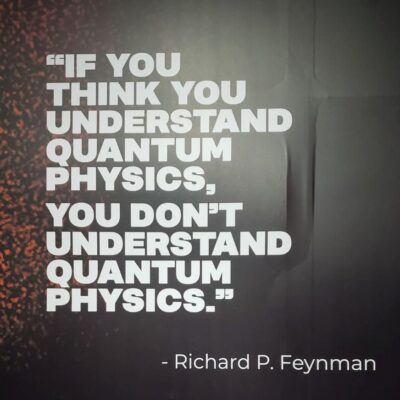

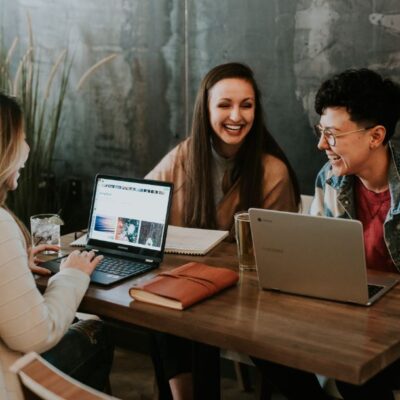
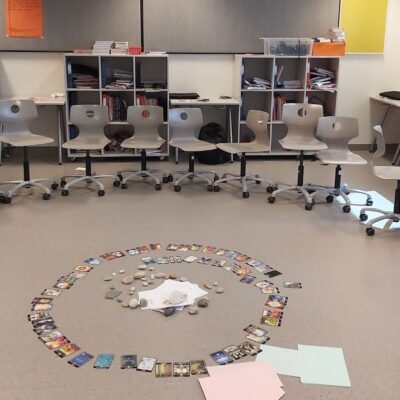
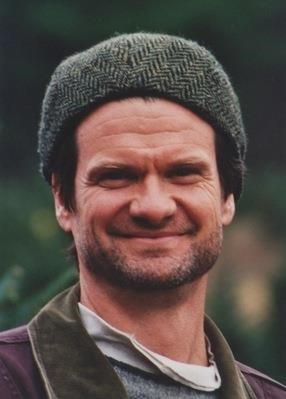


Leave a Reply